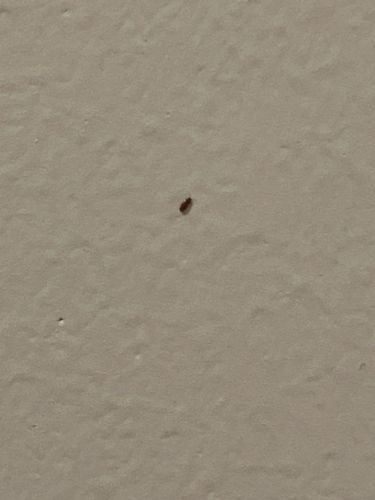Booklouse (or Psocid)
Scientific Name: Psocoptera (order); various genera and species within this order
Order & Family: Order: Psocoptera; Family: Liposcelididae (a common family for indoor booklice)
Size: Typically 1-2 mm in length, very small and often go unnoticed.

Natural Habitat
Damp, dark, and undisturbed places, especially those with mold, mildew, or starchy materials. Common in homes, libraries, museums, and food storage areas. They prefer high humidity (above 60%)
Diet & Feeding
Mainly feed on microscopic mold, mildew, fungi, starches found in book bindings, wallpaper paste, flour, cereal, and other organic debris. They do not bite humans or animals.
Behavior Patterns
Nocturnal and reclusive, often found scurrying quickly when disturbed. They reproduce rapidly in favorable conditions (high humidity). Most indoor species are wingless or have reduced wings.
Risks & Benefits
Potential risks include contamination of food products (though not directly harmful if ingested), damage to books, documents, and museum artifacts by feeding on paste and mold. They are generally harmless to humans, not transmitting diseases or biting. They serve as decomposers in some ecosystems.
Identified on: 9/23/2025